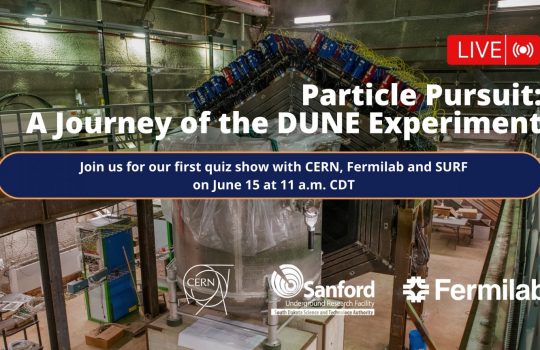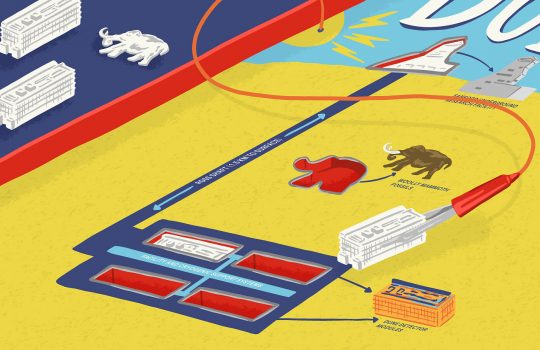Weird science!
From the Black Hills Pioneer, July 7, 2023: Over 2,000 people in Lead, South Dakota celebrated Neutrino Day on July 8, organized by the Sanford Underground Research Facility with LBNF and DUNE members participating. The event featured a science comedian, interactive science booths, virtual underground tours as well as speakers on renewable energy and the Long Baseline Neutrino Facility for DUNE.




